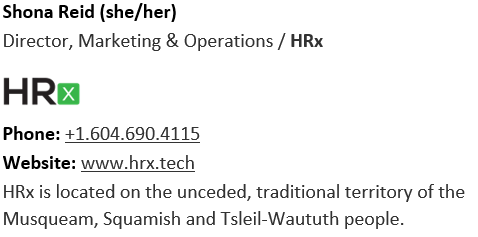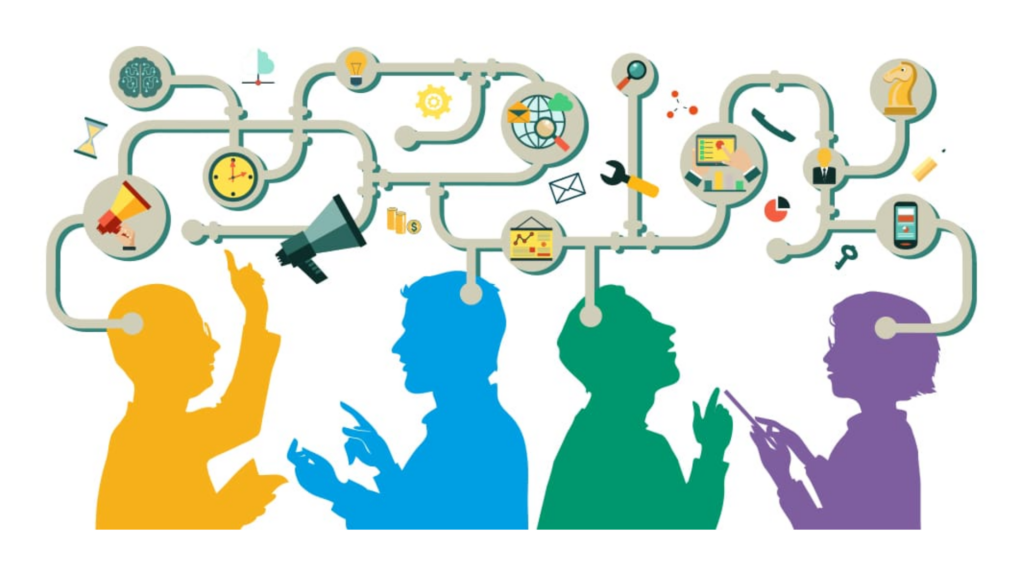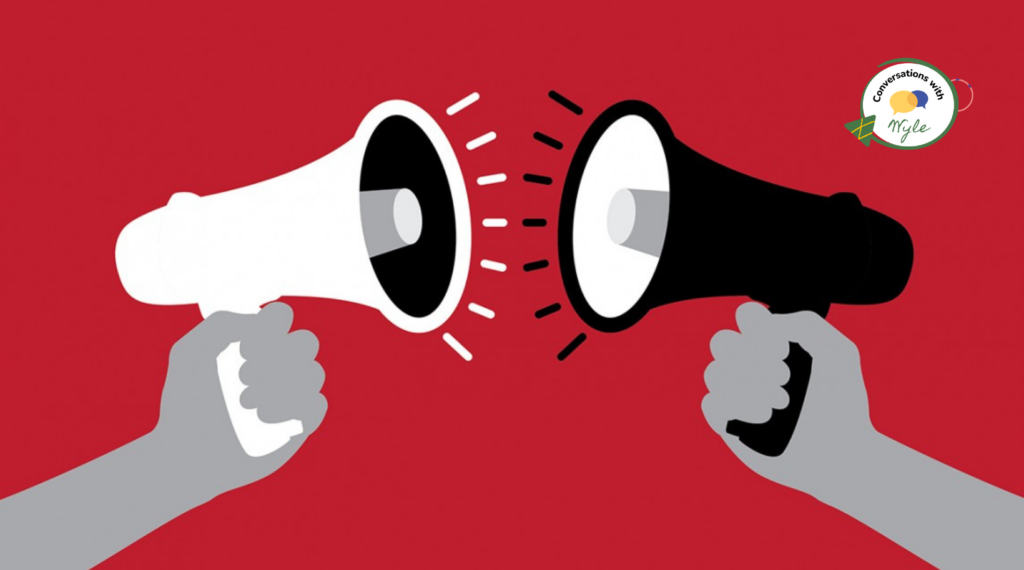One important step towards creating a more equitable workplace is to make sure that you’re using inclusive language. This is particularly important for people who have been traditionally marginalized or excluded due to their identity, such as people who identify as 2SLGBTQIA+. Some key ways to foster inclusion for people of all genders is by making sure you’re using the correct gender pronouns, and to avoid gendered language.
What are gender pronouns?
Pronouns are used when speaking about someone in the third person, and are generally associated with gender. This can be limiting since people identify in a wide variety of ways, and for some of us, the binary of “she” and “he” just doesn’t feel representative of our gender identity. This may be because someone identifies as transgender or non-binary, or because we want to avoid gendered expectations. Using gender neutral pronouns – such as they/them – can help break down the gender binary, and challenge stereotypes based on gender.
Why are they important?
If you’re just learning what gender pronouns are, you may be wondering why they’re important. Gender pronouns are deeply tied to our personal identities and can shape our sense of self and how we move through the world. For many people who identify as 2SLGBTQIA+, it can be alienating and disrespectful to use a gender pronoun they don’t identify with. If you’ve never had to think about gender pronouns before, that is a privilege that most 2SLGBTQIA+ people do not have, and with that privilege comes a responsibility to ensure you’re using gender pronouns correctly.
Here are a few things to keep in mind:
Don’t make assumptions about how people identify, or what pronouns they use.
Someone’s gender pronouns may not always be obvious, which is why it’s important to ask. Don’t make assumptions about how someone identifies based on preconceived notions of gender (or anything else for that matter!). This can be hurtful and alienating, but there are things you can do to prevent that.
Ask people what pronouns they use.
Just like we don’t assume what someone’s name is based on their appearance, we shouldn’t be assuming what pronouns people use. So, just like you ask someone what their name is, you can ask what their pronouns are. The best way to do that is just to ask them directly – “what pronouns do you use?”
You can also tell people your own pronouns when you introduce yourself, which makes it easier for others to do the same. If you forget what pronouns someone uses, it’s better to ask them to remind you than to guess.
Just like we don’t assume what someone’s name is based on their appearance, we shouldn’t be assuming what pronouns people use.
What if I use the wrong pronoun?
It happens. It takes time and effort for us to retrain our brains, and at first we’re all going to make mistakes. The best thing you can do when you make a mistake is to correct yourself, and move on. If you’ve used the wrong pronoun without noticing and it is brought to your attention, briefly apologize and be more mindful in the future. Don’t be overly apologetic, or talk about how hard it is to use gender neutral pronouns since that can be even more alienating for 2SLGBTQIA+ folks.
Include your pronouns in your email signature and social media accounts
Regardless of what pronouns you use, it’s really helpful to include them in email signatures and social media handles. This helps prevent people from making assumptions about how you identify, and makes people who use gender neutral pronouns more comfortable at work.
As a cisgender person, you may be wondering why you should do this. Ultimately, it normalizes the conversation and creates awareness around gender pronouns and gender diversity. It’s a really simple step towards creating a more gender inclusive environment – all you need to do is just include your pronouns beside your name.
For example:

Remember that sex assigned at birth is not the same as gender.
Sex and gender are not the same thing. Our sex is based on our anatomy and is generally assigned at birth by a medical professional. Meanwhile, our gender is a socially constructed identity based on how we perceive ourselves, and how we navigate society. If you identify as a cisgender woman or man, then this may not be something you’ve ever thought about before, but for those of us who identify as 2SLGBTQIA+, it’s an important distinction.
Beware of gendered or non-inclusive language
Gendered expectations have shaped our society and language beyond pronouns. Here are a few examples of terms to avoid, and more inclusive terms you can use instead:

As you start to think more critically about gendered language, you’ll start to notice more and more examples like these. Creating an inclusive workplace requires making sure we are using gender neutral language, and encouraging your colleagues to do the same.
Keeping up with evolving language
Our identity often shapes our experience in the workplace, and it is our collective responsibility to make sure that we’re communicating in inclusive ways. Since language is always evolving to reflect societal norms and expectations, it’s important to keep learning and adapting how we communicate. This may seem difficult at first, but it can help us understand different lived experiences, ultimately creating a more inclusive and equitable workplace.






















